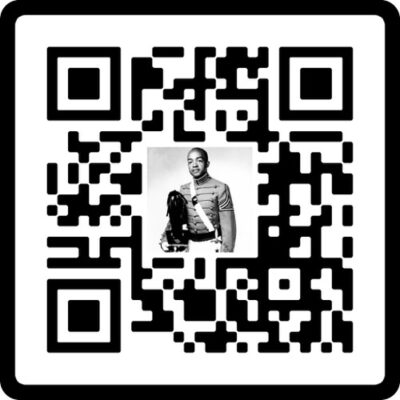Tips for Authors: Selecting stable URLs to share with readers in your columns or your book

Opening a book is like stepping into a new world. Now, publishing technology allows publishers to create worlds as big and vibrant as the entire Internet.
Adding links to a book also streamlines the traditional processes of providing citations, additional resources and further reading to readers. Both printed books and eBooks can include multimedia and web links. Print books can contain shortened links, full links when appropriate and unobtrusive QRs (Quick Response Codes) when helpful. This allows readers to interface with additional material at their own pace. eBooks can include embedded multimedia, like video and audio, or a direct link to the material via a link that readers can tap or click.
Readers enjoy these easy connections with photos, articles, audio and video that will enrich their enjoyment of the book. But, writers need to follow simple guidelines to ensure their URLs are easy to use and stable over time, which spares readers from the disappointment of busted links after a book is published.
These best practices are helpful whether you’re selecting URLs for a column, a post on social media or for your book. To make sure the links you select stay accessible and helpful years after publication, consider the following tips:
How to Cut and Paste the Real URL
Writers should use direct links with no reference elements. When linking directly to a resource, make sure the URL points directly at the page you want your readers to see. If you arrived at the page through a search, make sure the elements of that search are not present in the URL. For example, compare the two links below, both of which point to the same page:
| URL 1 | https://www.amazon.com/Black-Knight-African-American-Familys-Point/dp/1641800305/ref=sr_1_1?keywords=the+black+knight+clifford+worthy&qid=1565287809&s=gateway&sr=8-1 |
|---|---|
| URL 2 | https://www.amazon.com/Black-Knight-African-American-Familys-Point/dp/1641800305 |
The first example includes a lot of information about how Amazon.com originally navigated to that book page. The second link is the book’s permalink
and is much easier to follow and copy. Trimming extraneous elements also makes it much easier for copy editors to review the links as they edit and make sure they point to the correct page.
However, always test your links! Some websites generate very long URLs and shortening the links will bust them. A quick test of your link lets you know you have selected the precise—and concise—version of the URL.
Choose Original, Stable URLs to Share
Link to older pages, when possible. Valuable and popular online content tends to bounce around the Internet, sometimes showing up on multiple websites, over time. When deciding between multiple sources or article hosts, prioritize pages and websites that have been around for a longer period of time to maximize the likelihood of that page staying online. When in doubt, check the copyright date for the website to determine when it was created and updated last.
Don’t Mistake a Front-Page Feature for a Permalink
Link to permanent archives. Some websites show their most recent content on their front page, but archive older material in a different location. That means a link to a website’s front page, or content on a front page, can become obsolete quickly. When possible, locate the material you want to link to in the permanent archives of the website.
Avoid URLs to PDFs or Other Similar Files
Avoid linking directly to files. Linking directly to a file hosted on a website, like a PDF or image file, can result in a broken link in the future if any changes are made to the file’s location, or even if the file is updated with a new version. Instead of linking directly to a file, find the article or page that includes the file instead. If you have questions about linking to files in a book manuscript, ask your editor. At Front Edge, we occasionally take additional steps to ensure that files remain stable.
Monitoring URL Health
It can be time-consuming to review the links in a published book. One strategy is to allow Amazon to do it for you via their Kindle Direct Press (KDP) services. Amazon’s KDP routinely reviews the links in published Kindle books and will send you reports detailing broken links. But here’s a warning: Allowing too many broken links to accumulate will cause KDP to temporarily suppress the sale of a Kindle book until the links are fixed. Publishing on multiple platforms and in multiple formats is important for reaching all of your readers, and this KDP service is an added bonus.